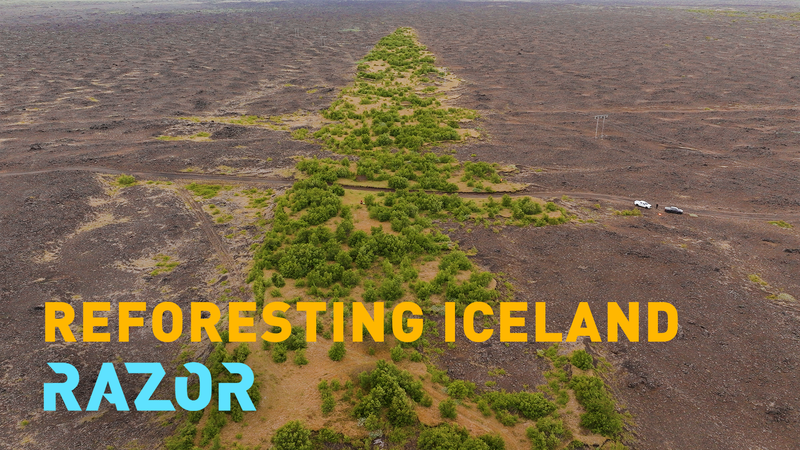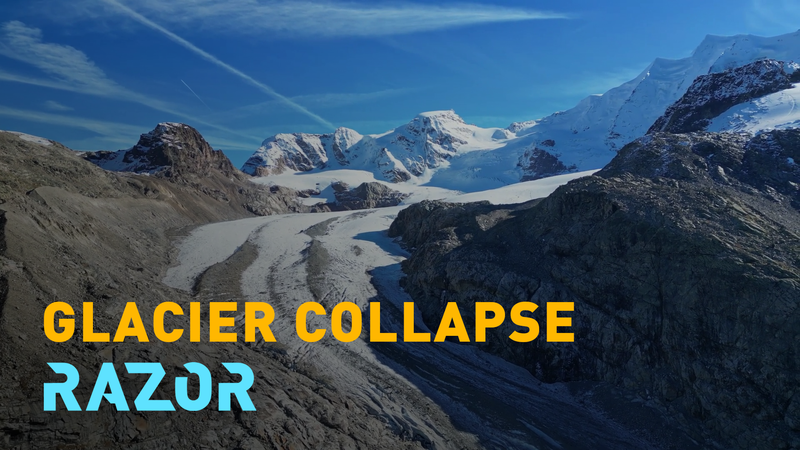Once, forests covered 40% of Iceland’s land, but centuries of overgrazing, deforestation, and volcanic eruptions left the island nearly barren. By the early 1900s, less than 1% of the land had trees, exposing fragile soils to relentless winds and sandstorms 🌬️.
Today, a team of passionate scientists and conservationists is on a mission to change that. Samson Harðarson and Hrefna Jensdóttir from the Icelandic Land and Forest Service are spearheading an epic reforestation project. They’re planting vast zones—equivalent to 140,000 football pitches—with native birch and carefully chosen imported species, aiming to build woodlands that can stand up to ash, storms, and a changing climate 🌲.
Not far from the slopes of Hekla volcano, forest geneticist Dr. Aðalsteinn Sigurgeirsson has turned his summer cabin into a living lab. In the middle of barren lava fields, he cultivates Sitka spruce, lodgepole pine, oak, and beech. By creating tiny microclimates of shelter, these pioneer species pave the way for more delicate trees to thrive, showing how biodiversity can return to even the toughest environments 🌱.
Further inland in the lush valley of Þórsmörk, history meets hope. Fenced off in 1924 to protect its last birch groves, the valley has grown from 200 hectares to nearly 5,000 hectares of expanding woodland. Every summer, volunteers from around the world join local teams to plant willow cuttings and fortify soils against future ashfall and storms.
Restoring Iceland’s forests isn’t just about green landscapes—it’s about resilience. Trees act as natural armor against volcanic ash, prevent erosion, and lock away carbon in our warming world.
"It gives me joy to plant trees, even though I may never walk beneath them," says Samson Harðarson. "What matters is leaving behind a forest strong enough to protect the land for future generations."
With science, community spirit, and a dash of determination, Iceland is writing a new green chapter on its island of fire and ice 🌍✨.
Reference(s):
cgtn.com




